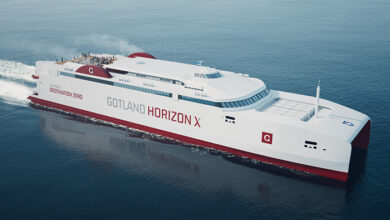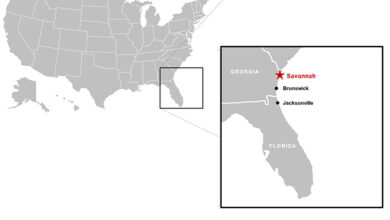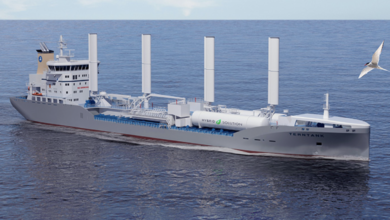Port of Newcastle the largest on the Australia’s East Coast.
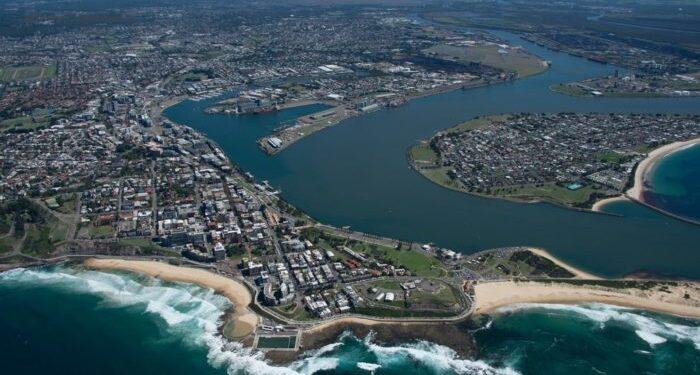
Port of Newcastle is Australia’s deepwater global gateway, the largest on the nation’s East Coast.
Port of Newcastle is more than a port. It exists to build Australia’s prosperity with responsible, integrated, and innovative supply chain solutions.
With trade worth about $37 billion to the national economy each year, Port of Newcastle enables Australian businesses to successfully compete in international markets.
The port currently handles 4,697 ship movements and 166 million tonnes of cargo annually. With a deepwater shipping channel operating at 50% of its capacity, significant port land available, and enviable access to national rail and road infrastructure, the Port of Newcastle is positioned to further underpin the future prosperity of the Hunter, NSW, and Australia.
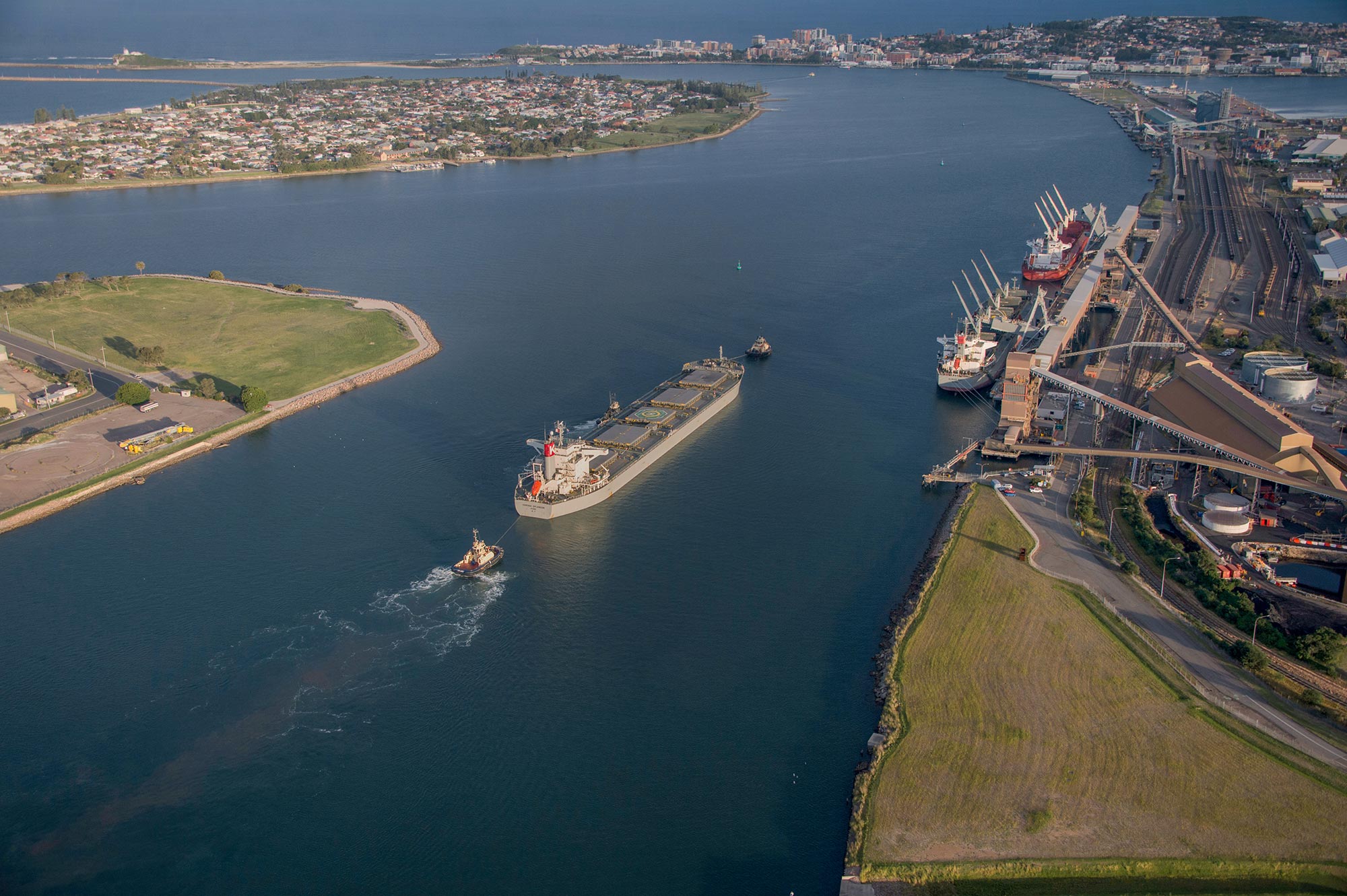
As custodians of the region’s critical asset, Port of Newcastle is diversifying its trade as it strives to create a safe, sustainable, and environmentally and socially responsible future.
Port of Newcastle works closely with the Port Authority of New South Wales, a state-owned corporation with responsibility for Sydney Harbour, Port Botany, Port Kembla and the ports of Newcastle, Yamba and Eden.
The Port Authority of NSW is responsible for:
- Pilotage services and the Harbour Master
- Promulgation of depths
- Vessel Traffic Information Centre (VTIC)
- Port Safety Operating Licence, including incident reporting, emergency response (including oil or chemical spill response), permit notifications (e.g. re: dangerous goods, bunkering or hot works)
- Coal framework arrangements
- Inductions for access to Port Authority of NSW sites
- Maritime security functions for Port Authority of NSW activities
- Nobbys Headland



